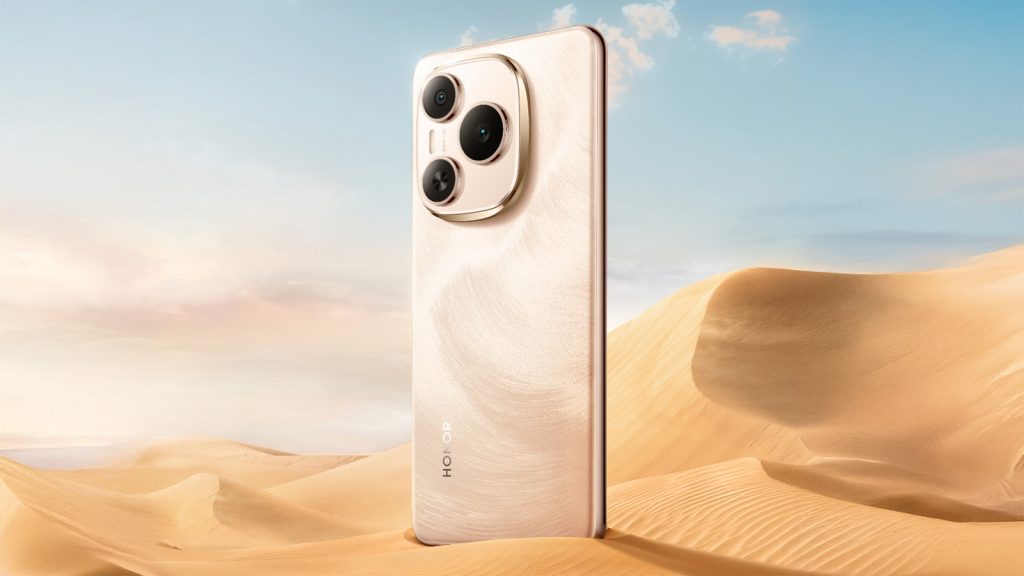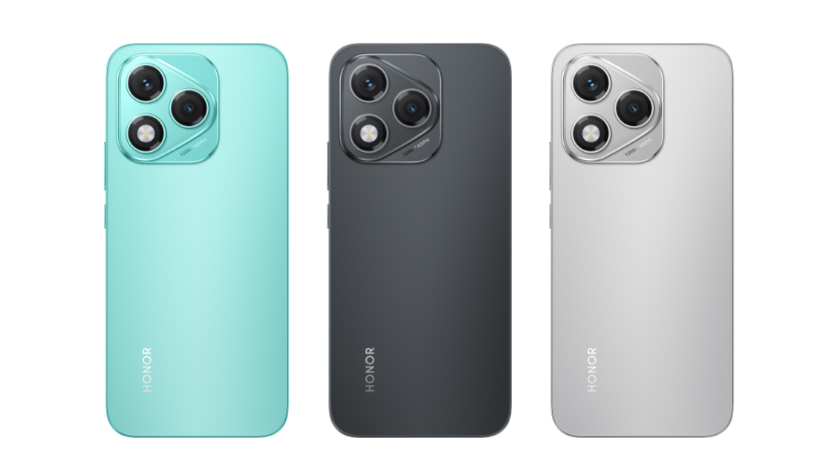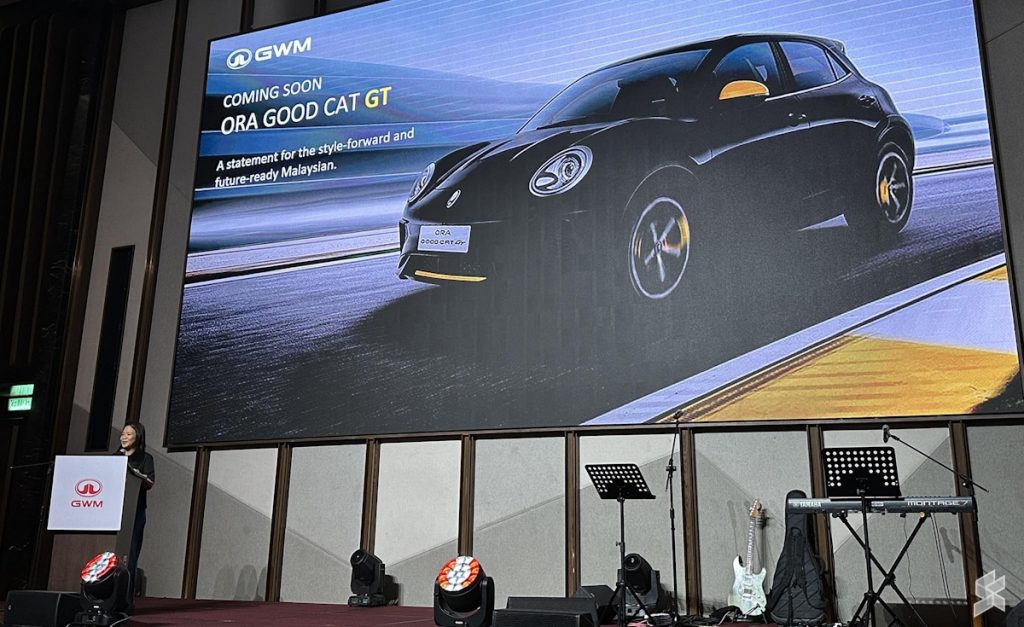Somnium VR1 is a new PC VR headset that delivers an impressive field-of-view (FOV) and high-resolution displays, ideally appealing to enthusiasts already in the SteamVR tracking ecosystem looking for an upgrade, or businesses with the cash to splash. I got a chance to go hands-on at the company’s Somnium Connect event held in Prague, Czechia over the weekend, giving me my first look at the version heading out to customers that’s said to start shipping sometime this month.
The Prague-based company behind VR1 is best known for its metaverse platform Somnium Space, making it the first in what promises to be a series of large FOV headsets. It’s very well refined for a first device, owing to the company’s close partnership with XTAL, the Czech hardware manufacturer behind a series of high-resolution, high FOV enterprise XR headsets.
Providing premium features whilst being manufactured in Europe and boasting intensive QA testing though comes with a steep price point over its main competitors, Pimax Cystal ($1,600 USD) and the new Crystal Light ($900 USD), making price the biggest sticking point overall. Somnium’s cheapest ‘Classic Edition’ comes in at €1,900 (~$2,060 USD), which only includes VR and not passthrough mixed reality, eye-tracking or hand-tracking. Spring for the Ultimate Edition, which is the focus of the hands-on, and you’re looking at somewhere north of €3,500 (~$3,820 USD). This notably doesn’t include shipping or local taxes, or the required SteamVR base stations or optional controllers.
My accumulative 30 minutes across three simulator-focused demos suggest VR1 definitely delivers the bulk of what’s promised, albeit with a few caveats (and features) that will probably push many towards the lower-priced alternative… but not everyone. Read more to find out why.
Optics & Display
VR optics always require a balancing act. Do you trade weight for clarity? A slim profile for better light transmission? Conventional lenses for a wider FOV? Many of these trade-offs are on display with VR1’s dual-element aspheric lenses, which have a lot going for them, but a few notable drawbacks.
VR1’s lenses provide remarkable clarity and excellent light transmission, notably featuring a very large ‘sweet spot’ in the process, which is the optimal area within which the viewer’s eyes can move while maintaining a clear and consistent view. VR1 also accommodates a wide range of interpupillary distances (IPDs) of 58 mm – 76 mm thanks to manual IPD adjustment.
Such a large FOV requires significant attention to distortion-correction—a battle that isn’t entirely won just yet. During my demo, I noticed some wobbliness in the optic’s periphery, although it’s definitely on the acceptable end of the spectrum since it didn’t cause me any discomfort. Chromatic aberration was thankfully a non-issue, the result of the production version’s latest update.
The headlining feature undoubtedly though is its large FOV—130° horizontal and 105° vertical—which was perfect for the fully-kitted flight simulator I played, which is basically the only thing missing in my life right now. Coupled with the display’s brightness (more on that below), the large FOV is something I hope all headsets, standalone included, should aim to achieve one day.
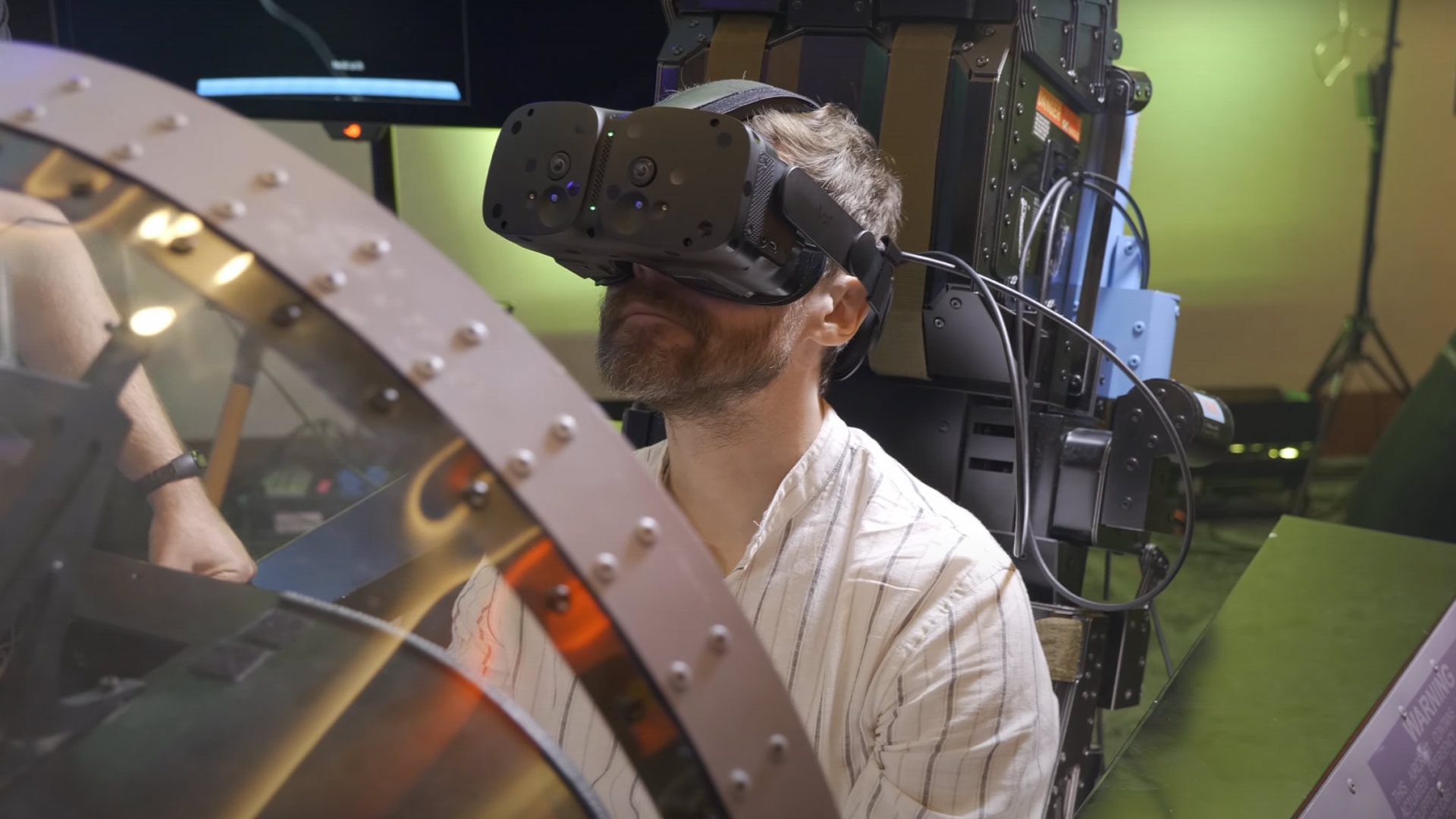
Okay, I also want the driving simulator I saw there too, but the flight sim really shows of the full-fat experience of what VR1 has to offer, showcasing its mixed reality passthrough masked perfectly so I could see the flight stick and instrument cluster while having the virtual world of DCS whizzing past me. This is done through dual 12MP 4,056 × 3,040 RGB passthrough cameras that worked very well in the flight simulator, which notably was illuminated with an overhead light to offset the demo area’s dark, moody lighting.
Somnium Connect was technically a public event open to anyone who bought a ticket. A few of the people I spoke to while waiting in line were local and looking to try out the headset for fun, while some hardcore simmers were looking for conclusive proof that it was worth buying. While some likely walked away with a clear decision either way, VR1 is also targeting companies like flight schools, which spend significantly more on motion platforms and real-world flight expenses related to maintenance and gads of costly fuel. Because PC VR lacks mixed reality content, it’s probably only going to be used for these sorts of passthrough cases, which is easily togglable by hitting a button on the top of the device.
While I didn’t get to see the full field of view of the passthrough, it seemed it as calibrated to make objects appear only slightly farther away than they really were, however distortion of near-field objects was minimal, and sharp enough to see individual text on the instrument cluster. I imagine it will be good enough for more simple tasks like looking at your phone, or enabling passthrough for when someone needs your attention.
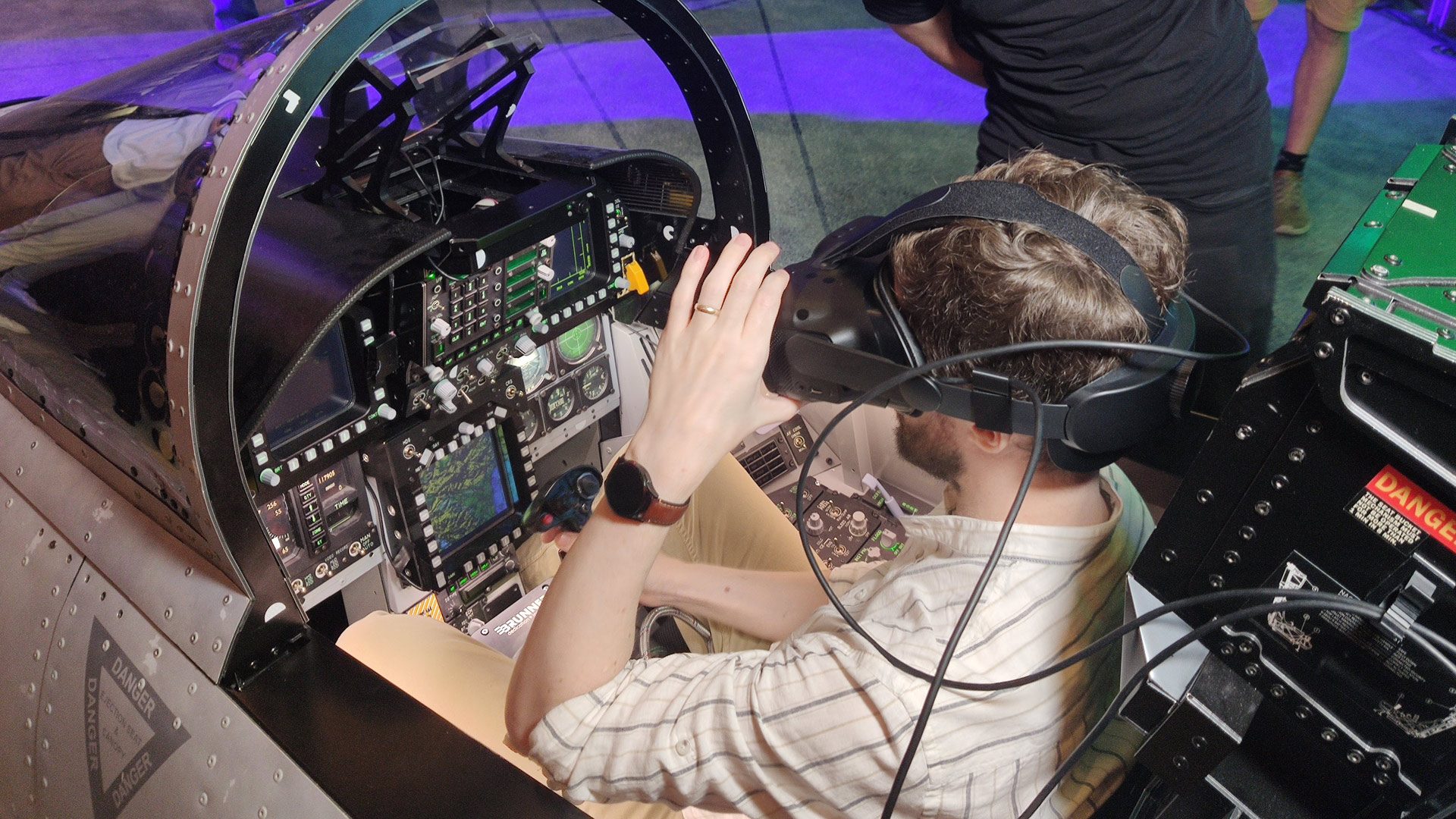
Another clear win is VR1’s display, which is very bright—a reported 210 nits and the highest I’ve seen in a production headset. It’s also notably the exact same QLED mini-LED fast LCD with local dimming you’ll find in Pimax Crystal and Pimax Crystal Light, providing 35PPD via its dual 8.3MP (2,880 × 2,880) per-eye displays, clocked at 90Hz, but with 120Hz and 144Hz modes planned to arrive at some point. Here, the screen door effect feels essentially non-existent.
I’m not particularly sensitive to mura, however I noticed no appreciable irregularities or non-uniformities in the brightness or color of the display. Some of this, I was told, is owed to the company’s rigorous quality assurance (QA), which seems to be one of the headset’s biggest selling points. Somnium invested in what is surely a very expensive display inspection system which can detect dead pixels, mura, and other defects, leading to what company CEO Artur Sychov called a regrettable pile of trashed displays that didn’t make the grade.
Audio & Material Quality
At this price, you’d expect built-in audio, but that’s simply not the case here, as you’ll need to either jack into a 3.5mm headphone port on either side, or go the wireless route with a USB-C dongle, like you might find on the Razer Hammerhead HyperSpeed earbuds.
Maybe no audio is better than bad audio, but it still feels like you should get something on par with Valve Index’s off-ear speakers for the price. Like with all hard straps, using your favorite cans may be problematic since the hinge sits so close to your ear.
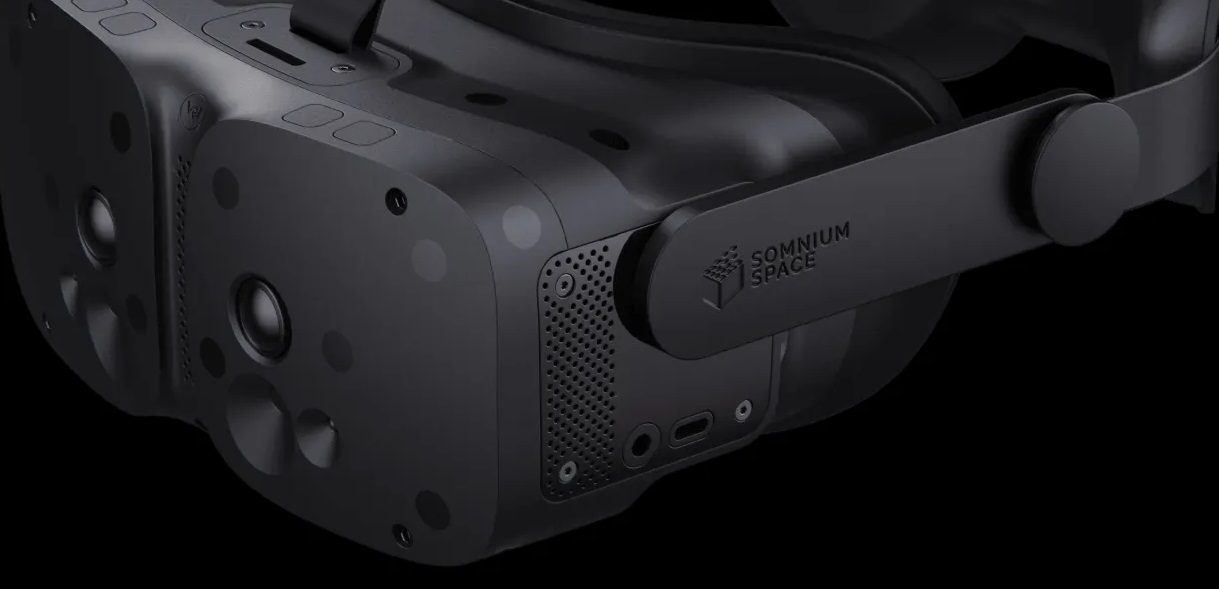
Another thing you’d expect is exceptional build quality, which is thankfully mostly here. I suspect a thinner plastic was used in effort to lighten the overall weight of the headset, lending it a creaky feeling when specifically squeezed.
This is likely due to the company offering eight different variants based on the same platform that mix and match faceplates integrating UltraLeap hand-tracking (which I didn’t try, but is recognized as class-leading) and passthrough cameras. It’s possible a tighter fit where the faceplate meets the shell of the headset would have solved this, or possibly more robust (and heavy) plastic—but it’s far from cheap-feeling or delicate.
Ergonomics
Somnium VR1 is decidedly front-heavy, but not nearly as bulky as some photos may suggest. I didn’t get a chance to try the barebones Classic Edition without all of the bells and whistles to compare, however much of the platform’s front-heaviness is undoubtedly owed to its optical stack; the Classic Edition (with headstrap) comes in only 100 g lighter than its Ultimate Edition big brother.
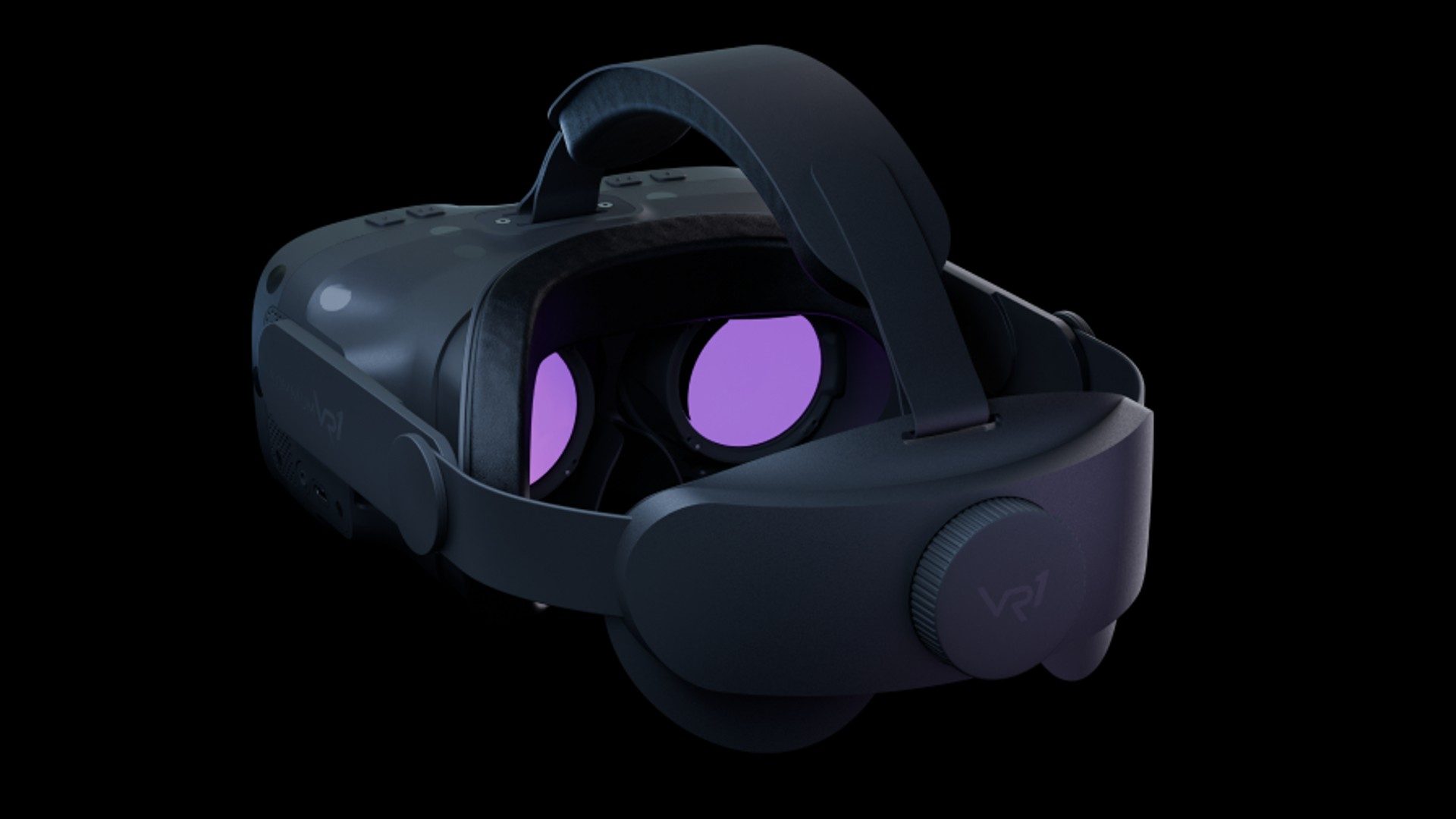
My accumulative 30 minutes in the headset wasn’t particularly telling of long-term comfort for the average user, but knowing my limits, I can imagine an hour is around the most I can do before needing a break. I don’t hold it against the headstrap either, which places the hinge farther from the temple and closer to your ear allowing for a good fit that cups the back of your head.
Additionally—and this may seem fairly obvious—but because of the added bulk, you’ll need to crank it down so the inertia of moving your head doesn’t noticeably shift the displays around, which can cause added discomfort. At first, I thought there was tracking and/or rendering latency in the flight simulator simply because I didn’t properly clamp it to my head.
That said, my daily driver is Meta Quest 3 with the optional Battery Strap (don’t @ me, bro), so moving back to an 850 g PC VR headset tethered with not one, but two cables felt like a bit like stepping back in time to the days of the original HTC Vive.
– – — – –
By now, it’s pretty clear: Somnium VR1 is basically only for users who are already in the SteamVR tracking ecosystem, or don’t mind shelling out the thousands for all of the required kit. That includes SteamVR 2.0 base stations direct from Valve or HTC, various controllers, and a PC capable of running these high-resolution displays.
The flight sim rig in particular was sporting a RTX 4070Ti and some flavor of Intel Core i7, however it was making use of foveated rendering thanks to the Ultimate Edition’s eye-tracking, meaning only businesses and the most enthused of enthusiasts with enough PC horsepower should apply.
Being based in Europe is a blessing and a curse. Startup money there is more sparse, as Lynx CEO Stan Larroque recently attested, leaving few with the resources to produce quality devices at competitive prices. And Somnium VR1 is a solid offering, but I’m afraid it’s simply too expensive for the average Valve Index user to consider a ‘no-brainer’ upgrade relative to Pimax’s upcoming Cystal Light headset, which is notably less half the price of the base Classic Edition.
Disclosure: Somnium Space covered travel and lodging expenses for one Road to VR writer to attend Somnium Connect 2024.

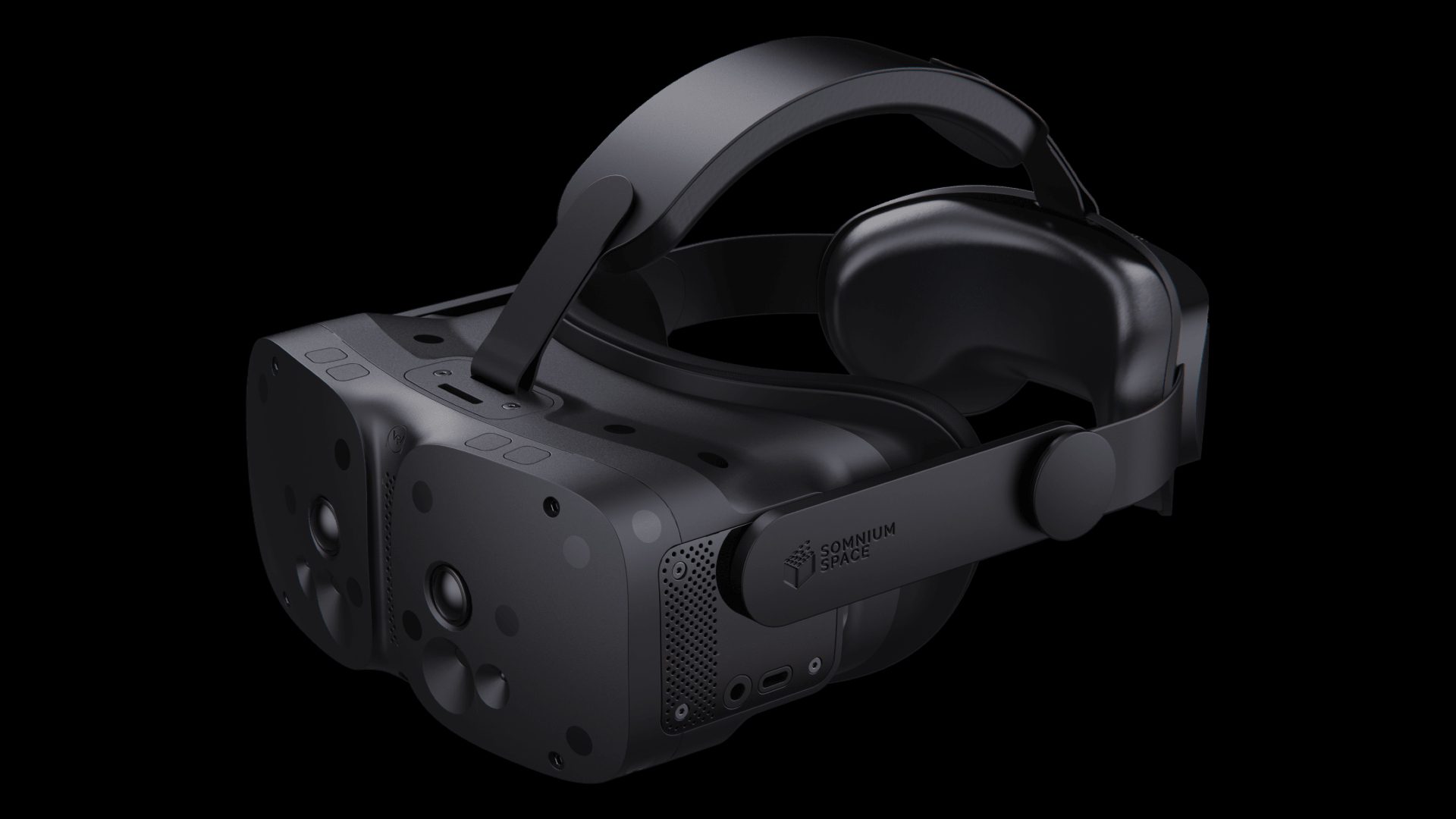
![[Industry Direct] Opening a New Chapter in VR Gaming – ‘The ChicKing Dead’ Enters Early Access! [Industry Direct] Opening a New Chapter in VR Gaming – ‘The ChicKing Dead’ Enters Early Access!](https://roadtovrlive-5ea0.kxcdn.com/wp-content/uploads/2025/04/2_CKD_Screenshots_1-640x360.jpg)
